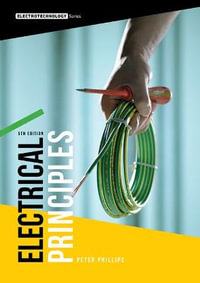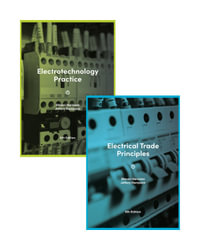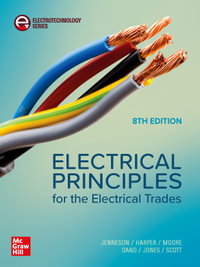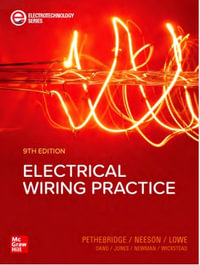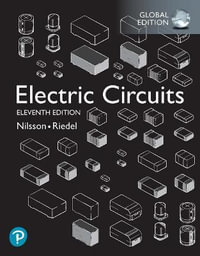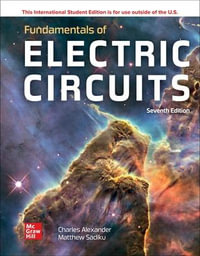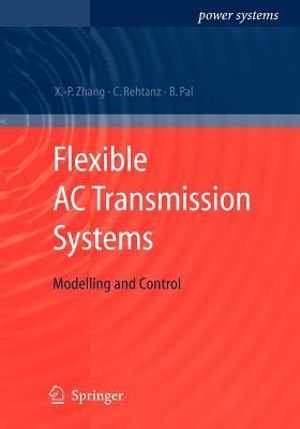
Flexible AC Transmission Systems
Modelling and Control
By: Xiao-Ping Zhang, Christian Rehtanz, Bikash Pal
Paperback | 22 November 2010
At a Glance
New Edition
Paperback
$272.95
Aims to ship in 7 to 10 business days
When will this arrive by?
Enter delivery postcode to estimate
ISBN: 9783642067860
ISBN-10: 3642067867
Series: Power Systems
Published: 22nd November 2010
Format: Paperback
Language: English
Number of Pages: 404
Audience: Professional and Scholarly
Publisher: Springer Nature B.V.
Country of Publication: DE
Dimensions (cm): 25.4 x 17.78 x 2.11
Weight (kg): 0.7
Shipping
| Standard Shipping | Express Shipping | |
|---|---|---|
| Metro postcodes: | $9.99 | $14.95 |
| Regional postcodes: | $9.99 | $14.95 |
| Rural postcodes: | $9.99 | $14.95 |
How to return your order
At Booktopia, we offer hassle-free returns in accordance with our returns policy. If you wish to return an item, please get in touch with Booktopia Customer Care.
Additional postage charges may be applicable.
Defective items
If there is a problem with any of the items received for your order then the Booktopia Customer Care team is ready to assist you.
For more info please visit our Help Centre.
You Can Find This Book In
This product is categorised by
- Non-FictionEngineering & TechnologyEnergy Technology & EngineeringElectrical EngineeringPower Networks
- Non-FictionEngineering & TechnologyEnergy Technology & EngineeringElectrical EngineeringPower Generation & Distribution
- Non-FictionEngineering & TechnologyTechnology in GeneralEngineering in General
- Non-FictionEngineering & TechnologyElectronics & Communications EngineeringElectronics EngineeringAutomatic Control EngineeringRobotics
- Non-FictionComputing & I.T.Computer ScienceArtificial Intelligence
- Non-FictionEngineering & TechnologyMechanical Engineering & MaterialsMechanical Engineering
- Non-FictionEarth Sciences, Geography, Environment, PlanningThe Environment
